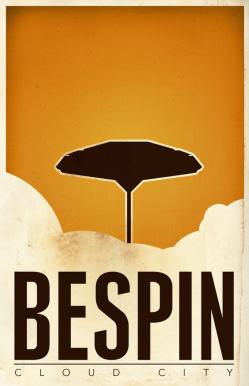
Mark Twain, beloved humorist and the “father of American literature,” died in 1910. Ordinarily, you’d expect this would mean the end of his writing career (especially since this time, reports of his death had not been exaggerated). He was so dedicated to his craft, however, that his work apparently continued even from beyond the grave — at least, according to two spiritual mediums who claimed contact with Twain’s departed soul.
Emily Grant Hutchings and Lola V. Hays profess to have begun receiving messages from Mark Twain via Ouija board at a St. Louis seance in 1915. Over the next two years, Twain’s spirit would allegedly dictate an entire novel to the duo from the great beyond. The book, titled Jap Herron: A Novel Written From the Ouija Board, was published in 1917.
Ouija boards were in vogue at the time, and this wasn’t the first ghost-written work of fiction to grace the literary world; St. Louis writer Pearl Curran (a friend of Hutchings) published several novels that she claimed had been authored by a spirit named Patience Worth. The gimmick was one the public seemed to respond to: the novel sold, and generated sufficient attention to warrant a “review” in The New York Times. An excerpt from the Times:
The ouija board seems to have come to stay as a competitor of the typewriter in the production of fiction. For this is the third novel in the last few months that has claimed the authorship of some dead and gone being who, unwilling to give up human activities, has appeared to find in the ouija board a material means of expression.
[…]
The story itself, a long novelette, is scened in a Missouri town and tells how a lad born to poverty and shiftlessness, by the help of a fine-souled and high-minded man and woman, grew into a noble and useful manhood and helped to regenerate his town. There is evident a rather striking knowledge of the conditions of life and the peculiarities of character in a Missouri town, the dialect is true, and the picture has, in general, many features that will seem familiar to those who know their “Tom Sawyer” and “Huckleberry Finn.” A country paper fills an important place in the tale, and there is constant proof of familiarity with the life and work of the editor of such a sheet. The humor impresses as a feeble attempt at imitation and, while there is now and then a strong sure touch of pathos or a swift and true revelation of human nature, the “sob stuff” that oozes through many of the scenes, and the overdrawn emotions are too much for credulity. If this is the best that “Mark Twain” can do by reaching across the barrier, the army of admirers that his works have won for him will all hope that he will hereafter respect that boundary.
The book caused its share of controversy: Clara Clemens, Twain’s daughter and executor of his literary estate, threatened legal action; Hutchings, Hays, and their publisher agreed to cease publication and to destroy remaining copies of the work.
Of course, there are some who suggest that Twain didn’t die in 1910 after all.
You can read the full New York Times review here, or check out the text of Jap Herron (which did ultimately survive) itself here.





